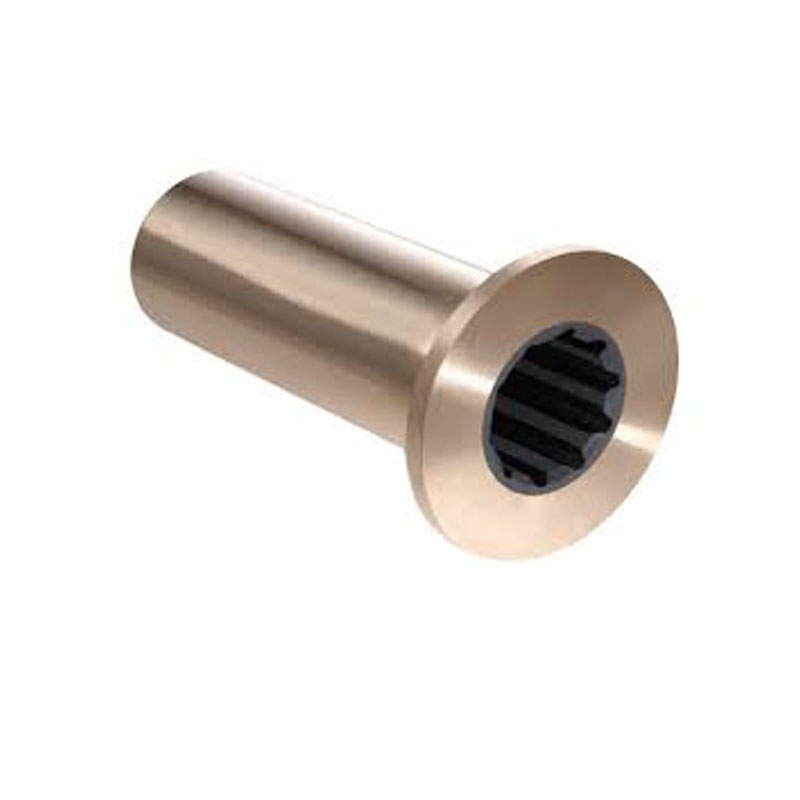Front differential system in vehicles and its functions explained in detail.

differential front. This is typically achieved through the use of gears, which allow the differential to adjust the speed of each wheel independently. Proper maintenance of the front differential is essential to ensure the smooth operation of a vehicle. Regular inspections and fluid changes are necessary to prevent wear and tear on the gears and bearings. Additionally, if any unusual noises or vibrations are noticed coming from the front of the vehicle, it is important to have the front differential inspected by a professional mechanic. In off-road or high-performance vehicles, the front differential plays an even more critical role in providing traction and stability. Upgraded front differentials with locking or limited-slip capabilities can help improve traction on loose or uneven terrain, allowing the vehicle to maintain momentum and control in challenging conditions. Overall, the front differential is a crucial component of a vehicle's drivetrain, responsible for efficiently transferring power from the engine to the front wheels. Understanding the function and importance of the front differential can help vehicle owners better maintain and care for their vehicles, ensuring optimal performance and reliability.
-
Understanding the Importance of the Crankshaft Oil Seal in Engine Performance
News Jun.16,2025
-
The Unsung Heroes of Engine Protection: Understanding Automotive Shaft Seals and Oil Seals
News Jun.16,2025
-
Keeping the Engine Tight: The Role of Crankshaft Seals and Gaskets in Oil Control
News Jun.16,2025
-
Complete Protection in Harsh Conditions: A Deep Dive into Cassette Seals
News Jun.16,2025
-
Choosing the Right Oil Seal: A Guide to Trusted Brands and Suppliers
News Jun.16,2025
-
Advanced Sealing Technologies: Exploring the Range of Modern Oil Seals
News Jun.16,2025
-
Your Essential Guide to Car Repair Kits: From Rust to Dings
News Jun.13,2025
Products categories















